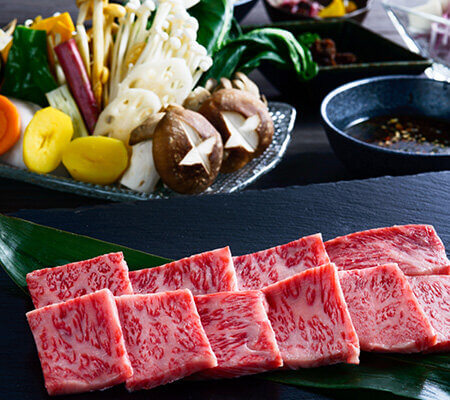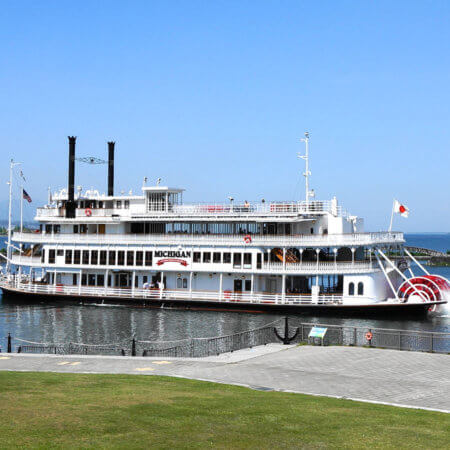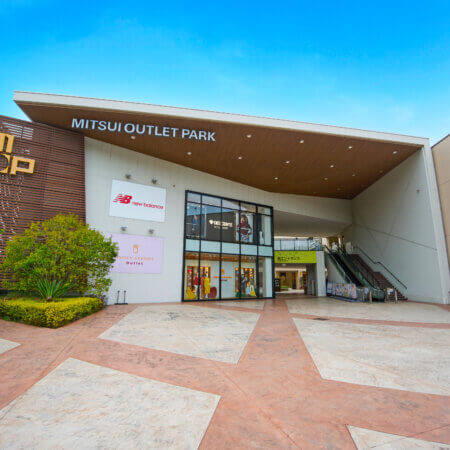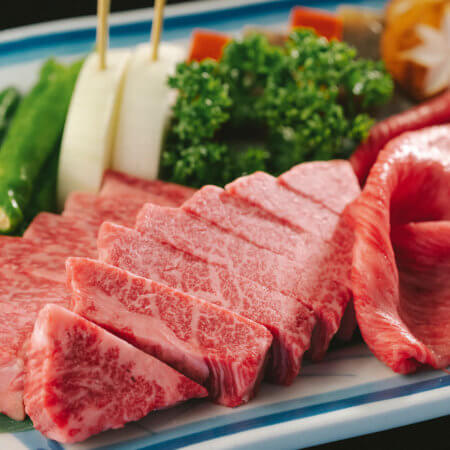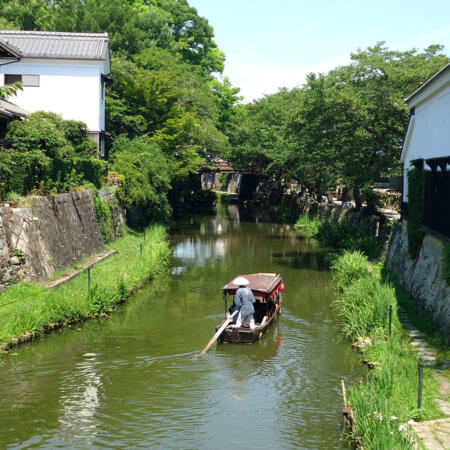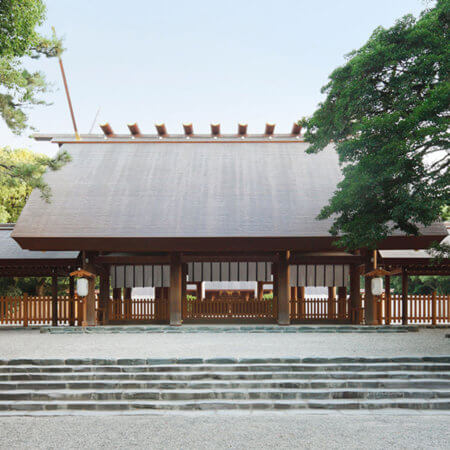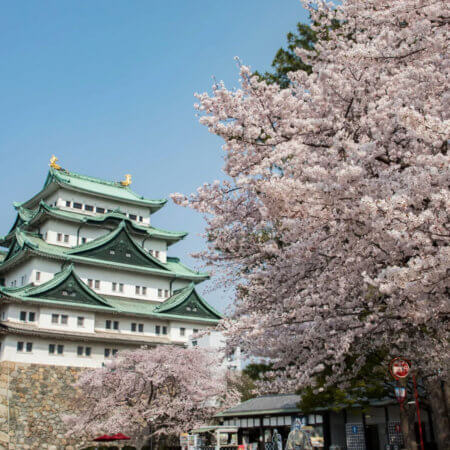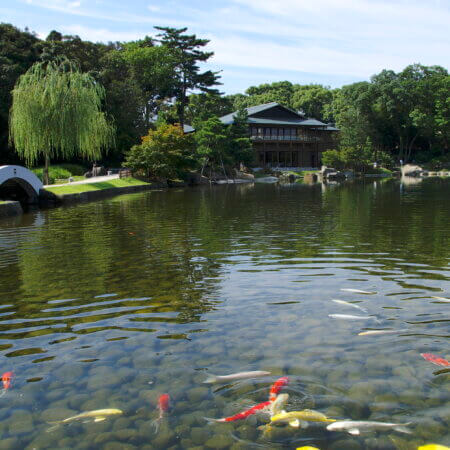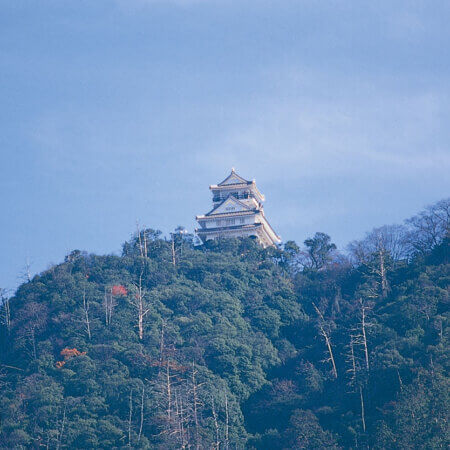【Hikone Castle】A landmark of Hikone and one of the five castles that are national treasures
- PREFECTURE
- SHIGA
- INTEREST
- HISTORY
- TAGS
- Castle
Individual (Elementary and Junior High School students): 200 yen
Hikone Castle’s outstanding military features

To the west of the Nishinomaru area of Hikone Castle, there is a turret, and further to the west, there is a deep moat between the castle and the protruding outer enclosure, which served as a key defensive point against enemies approaching from the rear. The “triple turret” was positioned to overlook the rear area, and it is believed to have also played a role in monitoring Lake Biwa during peacetime.
One of the charms of Hikone Castle is that it has preserved its original Edo period castle architecture more than any other existing castle. Stepping into the castle grounds feels like being transported back in time. The castle appeals not only to history buffs but also to those who become fans by experiencing the site firsthand.
Avoiding the risk of demolition and continuing to convey history

The history of Hikone Castle dates back to the Edo period. Originally, Sawayama Castle stood on the site, and in 1590 (Tensho 18), Ishida Mitsunari became its lord. It was said to be a magnificent castle with a five-story keep, but after Ishida Mitsunari was defeated in the Battle of Sekigahara and Ii Naomasa became the castle lord, Sawayama Castle was abandoned in 1606 (Keicho 11) in conjunction with the construction of Hikone Castle. It is said that Tokugawa Ieyasu, the victor, may have wanted to erase the castle from existence.
It took 20 years for the castle to be completed, and Ii Naotaka became the lord of the newly built castle. The only remaining structure from Sawayama Castle is the Ishida Group Monument. Its existence is not widely known, and it is said to be located in Seiryo-ji Temple, which cannot be entered without permission. Later, in 1873, Hikone Castle was almost demolished due to the Castle Abolition Order, but it was spared thanks to an imperial decree from the Meiji Emperor to preserve it.
In 1952, structures such as the castle tower were designated as national treasures, and in 1987, the Hikone Castle Museum was established. Less than ten years later, major renovations of the castle tower were completed. In 2007, a festival celebrating the 400th anniversary of the construction of Hikone Castle as a national treasure was successfully held, and the castle continues to be viewed by many people. The five surviving structures are Taiko Gate Turret and Tsuzuki Turret, Nishinomaru Triple Turret and Tsuzuki Turret, Ninomaru Sawaguchi Tamon Turret, Tenbin Turret, and the stables. These are treated as important cultural properties of Japan.
Impressive cultural properties reflecting the shadows of war and soothing scenery

There are many spots that are treated as important cultural properties and should not be missed. One of them is the Tenbin Turret of Hikone Castle, located at the top of the front gate slope and the main gate slope. It is said that the bridge leading to the turret was dropped during wartime. Enemies who climbed up the Omote Gate and Ote Gate slopes had to climb high stone walls to enter the main enclosure.
The stone walls that form the foundation of the building have different styles: The right side uses the uchi-komi hagi-zumi technique from the time of the castle’s construction, and the left side uses the otoshi-zumi technique from the Edo period’s later renovations. Please pay attention to the differences between them.
The time signal bell, which was moved from Kane-no-maru so that its sound would resonate throughout the castle, still rings regularly and has been selected as one of the “100 Soundscapes of Japan.” A large amount of koban coins were added during the casting process to create a more beautiful sound.
At the adjacent Chosho-an, you can enjoy light tea with sweets.
Genkyu-en is a large-scale strolling pond garden that was created 1677 as a rear garden accompanying the present Rakuraku-en, which was the lower residence. The pond has four large and small islands, with various types of bridges spanning them. The charm of this garden is the seasonal expressions of the trees and flowers, such as the autumn leaves.
Other spots worth taking the time to enjoy include the Hosho-dai, a perfectly formed hill whose name means “a place where the phoenix soars into the great sky.” Be sure to stop by and take in the views at these locations.
Yume-Kyobashi Castle Road, exciting to just walk on

Just across the Kyobashi bridge and over the moat of Hikone Castle, there is a street called Yume-Kyobashi Castle Road. Along this road, which recreates the atmosphere of an Edo-period castle town, shops selling local products are lined up, all with the unified appearance of white walls and black latticework in the traditional townhouse style, which creates a strong atmosphere of “Little Edo.” As you stroll along this interesting spot where old and new intersect, you’ll surely be greeted by intriguing items if you take a detour.
Kashin Ohsuga Yume-Kyobashi store is known for its Sanjugomangoku, rice cake sweets shaped like rice bags that are named after the 350,000 koku of rice produced in the Hikone domain. Taking a bite of the sweet, which is filled with plenty of bean paste, will bring back feelings of nostalgia.
At the Itoshige Yume-Kyobashi store, known for its famous confectionery Umoregi, you can find various sweets such as Hikone-ji, representing white walls and stone walls with its karukan steamed cake and chestnut yokan, and the unusual dacquoise Cha Awase made with matcha chocolate bean paste.
We also recommend Yume-Kyobashi Akari-kan, where you can buy Hikone’s traditional craft Hikone Candles. In addition to a wide variety of Japanese and Western candles, they also offer cotton cloths and bath towels made from Hikone cotton fabric, which are perfect for souvenirs. You can also experience candle making, but reservations are given priority, so be sure to check in advance if you’re interested. With a museum and a café also available, you might find yourself spending more time than expected.
SHIGA
-
![【Omi-Kadoman】Over 120 years of tradition, a renowned Omi beef specialty store]()
【Omi-Kadoman】Over 120 years of tradition, a renowned Omi beef specialty store
-
![【Biwako Kisen】Create memories of Japan’s largest lake, Lake Biwa, on a sightseeing boat!]()
【Biwako Kisen】Create memories of Japan’s largest lake, Lake Biwa, on a sightseeing boat!
-
![【MITSUI OUTLET PARK Shiga Ryuo】 The First Regional Outlet Park in the Kei-Shi Area!]()
【MITSUI OUTLET PARK Shiga Ryuo】 The First Regional Outlet Park in the Kei-Shi Area!
-
![【Hikone Castle】A landmark of Hikone and one of the five castles that are national treasures]()
【Hikone Castle】A landmark of Hikone and one of the five castles that are national treasures
-
![【Omi Beef Morishima Omihachiman Restaurant】A Long-Established Restaurant Serving One of Japan’s Top Three Wagyu Beef Varieties]()
【Omi Beef Morishima Omihachiman Restaurant】A Long-Established Restaurant Serving One of Japan’s Top Three Wagyu Beef Varieties
-
![【Hachimanbori】A place that greatly contributed to the birth and development of merchants and the prosperity of the town]()
【Hachimanbori】A place that greatly contributed to the birth and development of merchants and the prosperity of the town
history
-
![【Atsuta Jingu (Atsuta Shrine)】It receives about 6.5 million visitors annually! A highly respected shrine since ancient times]()
【Atsuta Jingu (Atsuta Shrine)】It receives about 6.5 million visitors annually! A highly respected shrine since ancient times
-
![【Nagoya Castle】A Castle with Deep Connections to Oda Nobunaga and Tokugawa Ieyasu]()
【Nagoya Castle】A Castle with Deep Connections to Oda Nobunaga and Tokugawa Ieyasu
-
![Drawing on history and tradition, the beauty of Japan at 【Tokugawa Park】]()
Drawing on history and tradition, the beauty of Japan at 【Tokugawa Park】
-
![【Inuyama Castle】Japan’s Oldest Surviving Castle Tower]()
【Inuyama Castle】Japan’s Oldest Surviving Castle Tower
-
![Watch from the stands as 1300 years of tradition unfold at the【Kiso River Ukai】]()
Watch from the stands as 1300 years of tradition unfold at the【Kiso River Ukai】
-
![The Headquarters of National Unification Surrounded by Nature【Gifu Castle】]()
The Headquarters of National Unification Surrounded by Nature【Gifu Castle】

